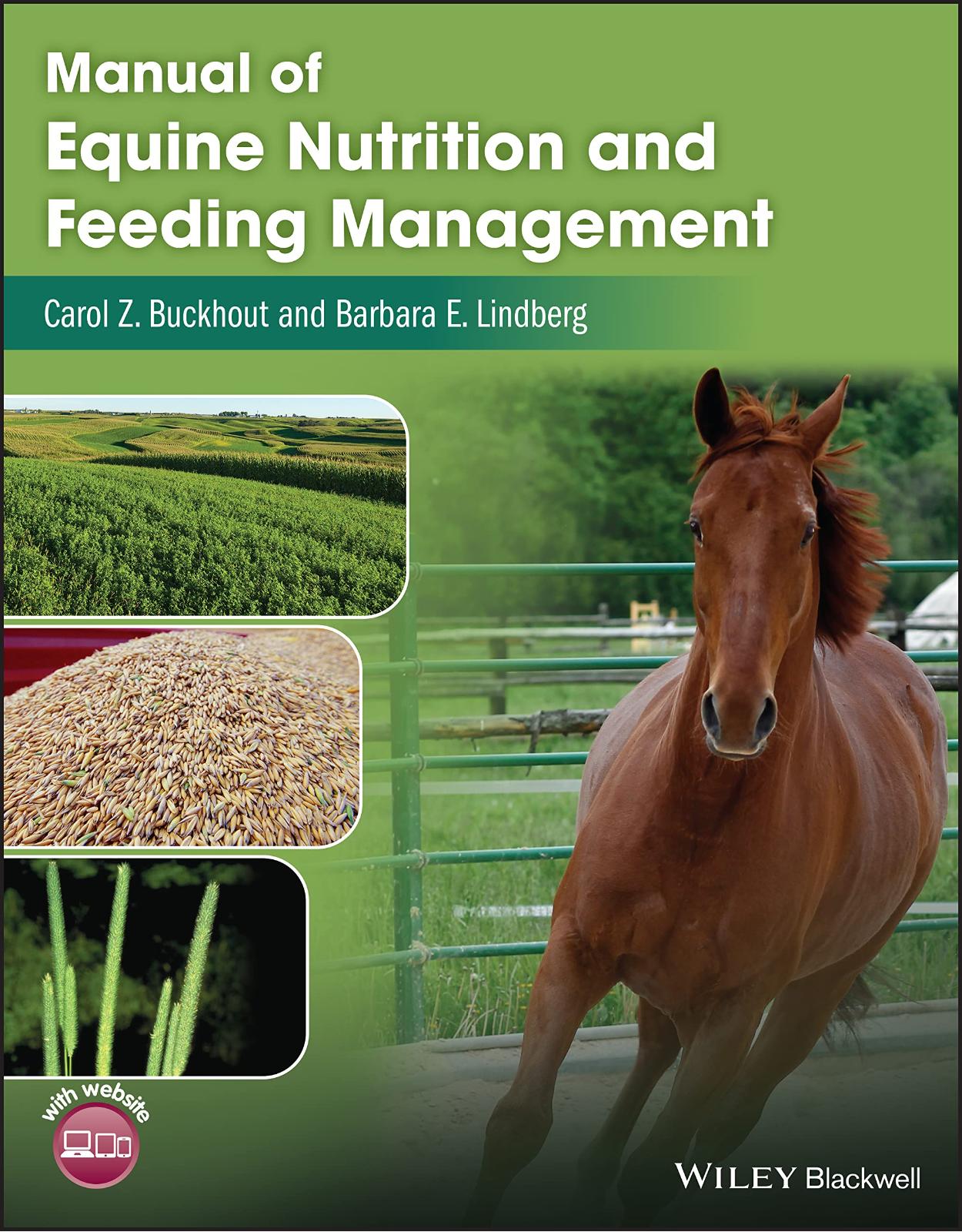
Manual of Equine Nutrition and Feeding Management
Livrare gratis la comenzi peste 500 RON. Pentru celelalte comenzi livrarea este 20 RON.
Disponibilitate: La comanda in aproximativ 4 saptamani
Autor: C Buckhout
Editura: Wiley
Limba: Engleza
Nr. pagini: 192
Coperta: Paperback
Dimensiuni: 218 x 279 x 11 mm
An aparitie: 10 Jun 2022
Manual of Equine Nutrition and Feeding Management
Description:
Manual of Equine Nutrition and Feeding ManagementS
A practical manual for applied labs on the nutrition and feeding of horses
In the Manual of Equine Nutrition and Feeding Management, a team of equine nutritionists and educators delivers a comprehensive manual perfect for use in an applied laboratory setting. This book explores critical ideas in equine nutrition, from plant identification to determining the cost of feeding.
The laboratory concepts and assignments contained within this book combine the practical aspects of feeds and feeding with the technical aspects of equine nutrition. Each chapter is organized to include an introduction, objectives, and questions for further study; and is supplemented with additional activities to aid in the retention of the presented material. A companion website provides worksheets, with an instructor key with answers to the lab activities and assignments available to instructors.
The book also includes:
A thorough introduction to the equine digestive system, including the primary and secondary organs of digestion
Comprehensive explorations of plant identification, pasture, hay, and concentrates for horses
Practical discussions of by-product feeds and additives, including explanations of the concepts of “as sampled” and “dry matter”
In-depth examinations of how to determine the nutrient content of feeds and the use of feeding standards and English-metric conversions
Ideal for pre-veterinary and equine studies students, the Manual of Equine Nutrition and Feeding Management is also an indispensable resource for veterinary medicine and veterinary technician students, equine nutritionists, and the owners and breeders of horses.
Laboratory 1: THE EQUINE DIGESTIVE SYSTEM
Introduction:
Objectives:
Question for further discussion:
General overview:
A. Primary organs of digestion: The upper digestive tract
B. Primary organs of digestion: The lower digestive tract
C. Secondary organs of digestion
For additional information:
YouTube videos:
References:
Laboratory 2: PLANT IDENTIFICATION
Introduction:
Objectives:
Questions for further discussion:
A. Grasses
B. Legumes
A. Nuisance plants: these are not poisonous to the horse, but they do not supply proper nutritional value
B. Feed and bedding conditions that are harmful to horses
C. Poisonous plants: These will cause some sort of external or internal damage to the horse, affecting its health and, in some cases, even causing death
For additional information:
Helpful websites/links on toxic plants:
References:
Laboratory 3: FORAGE 1: PASTURE
Introduction:
Objectives:
Questions for further discussion:
General overview:
Pastures for horses
References:
Laboratory 4: FORAGE 2: HAY FOR HORSES
Introduction:
Objectives:
Questions for further discussion:
Hay
For additional information:
References:
Laboratory 5: CONCENTRATES FOR HORSES
Introduction:
Objectives:
Questions for further discussion:
General overview
A. Definition
B. Characteristics
C. Classification
D. Processed concentrate feeds
E. Feeding grain to horses: suggestions and rules of thumb
References:
Laboratory 6: (1) BY-PRODUCT FEEDS AND ADDITIVES (2) THE CONCEPTS OF “AS SAMPLED” AND “DRY MATTER”
Introduction:
Objectives:
Questions for further discussion:
By-product feeds
Feed additives
As sampled and dry matter conversions
General overview:
Examples of calculations between as sampled and dry matter
References:
Laboratory 7: DETERMINING THE NUTRIENT CONTENT OF FEEDS
Introduction:
Objectives:
Question for further discussion:
General overview
Practice problems: Calculating the amount of nutrients in feeds
Reference:
Laboratory 8: THE USE OF FEEDING STANDARDS AND ENGLISH-METRIC CONVERSIONS
Introduction:
Objectives:
Question for further discussion:
General overview
English/metric conversions:
Laboratory 9: RATION EVALUATION PART I
Introduction:
Objectives:
Questions for further discussion:
Introduction to Ration Evaluation
References:
Laboratory 10: RATION EVALUATION PART II
Introduction:
Objectives:
Question for further discussion:
Introduction: Utilizing the information on a commercial feed label
Example Ration Evaluation Using a Forage Analysis and a Commercial Feed Label:
Comments:
Laboratory 11: THE PEARSON SQUARE
Introduction:
Objectives:
Questions for further discussion:
The Pearson Square
Procedure for Calculating the Pearson Square:
Important Points to Remember:
References:
Laboratory 12: CORRECTING NUTRIENT DEFICIENCIES IN A RATION
Introduction:
Objectives:
Questions for further discussion:
Correcting Deficiencies: Lack Divided by Gain
Laboratory 13: DETERMINING THE COST OF FEEDING
Introduction:
Objectives:
Question for further discussion:
General overview:
Determining the least cost of two forages based on digestible energy (Lewis, 1996, pp. 140):
Determining the least cost of two concentrate mixes based on crude protein: (Lewis, 1996, pp. 140–141)
References:
INDEX
End User License Agreement
| An aparitie | 10 Jun 2022 |
| Autor | C Buckhout |
| Dimensiuni | 218 x 279 x 11 mm |
| Editura | Wiley |
| Format | Paperback |
| ISBN | 9781119063223 |
| Limba | Engleza |
| Nr pag | 192 |

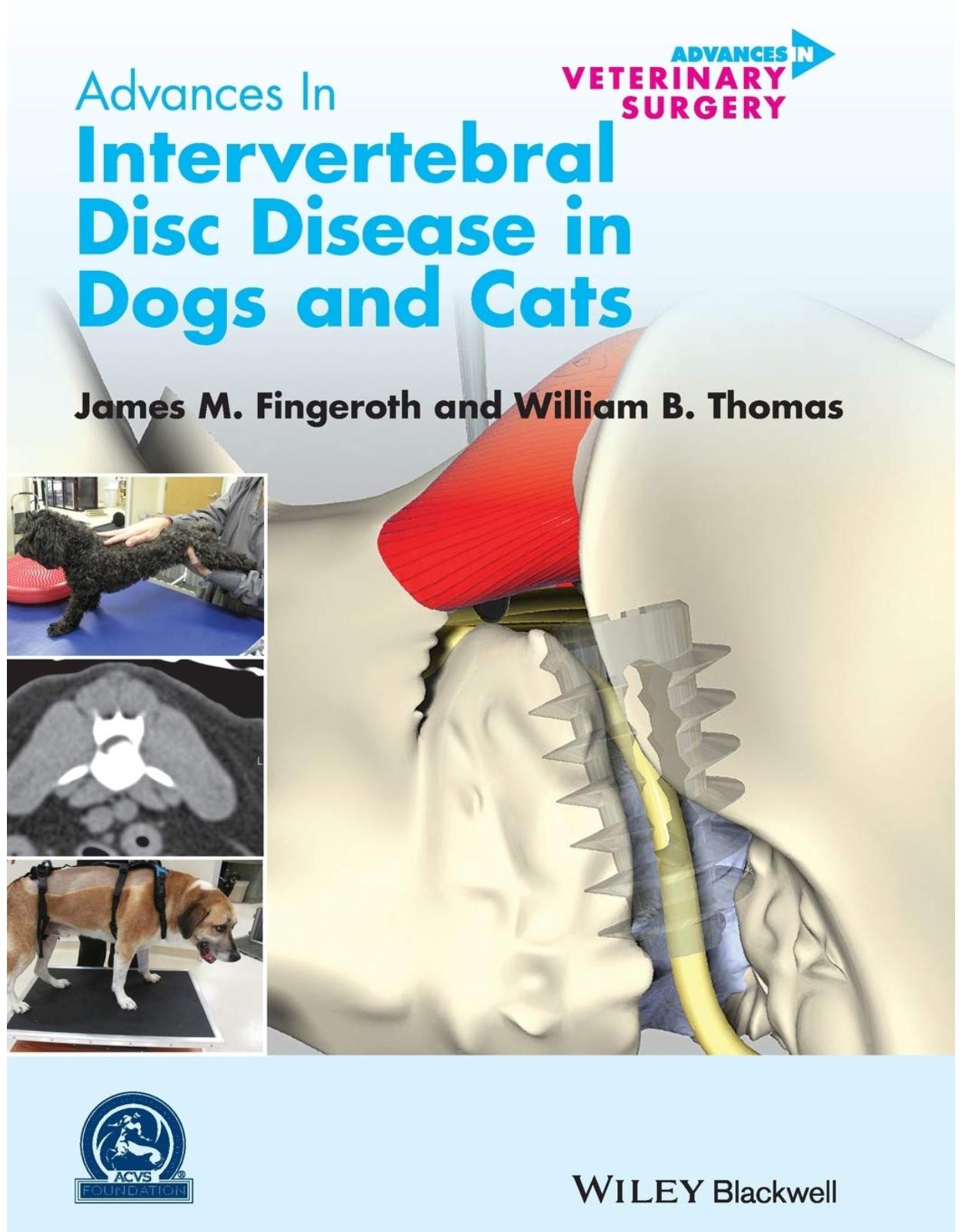
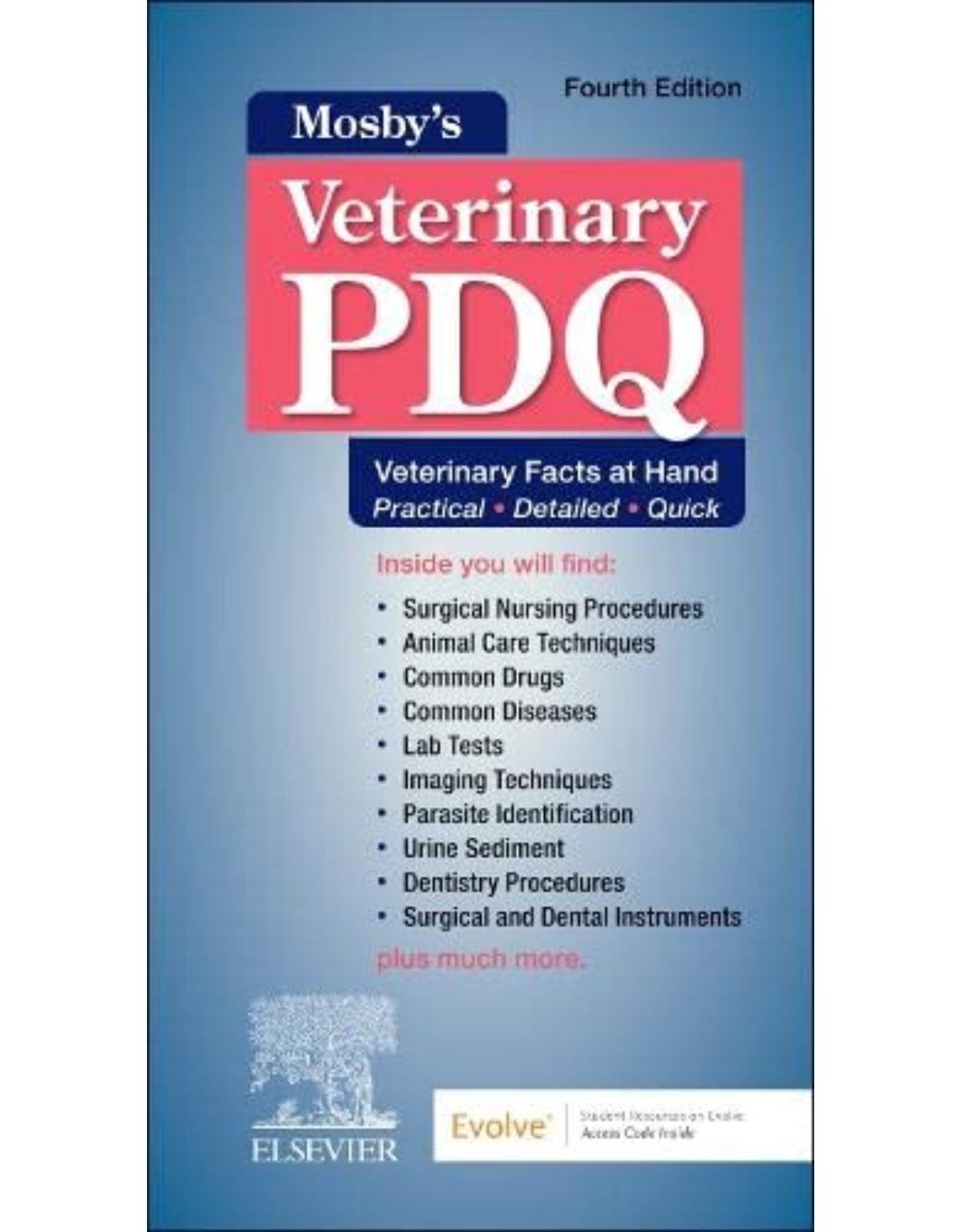
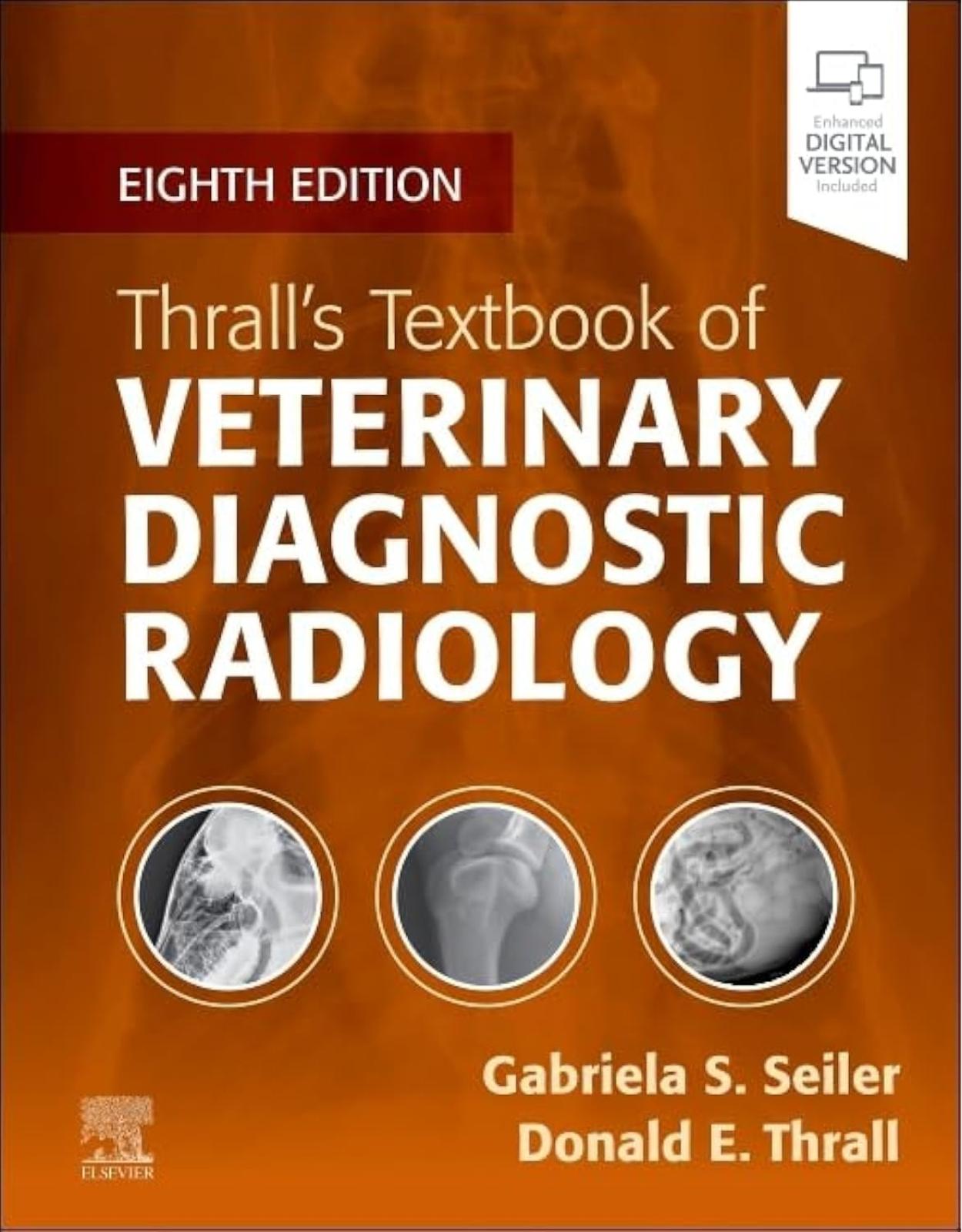
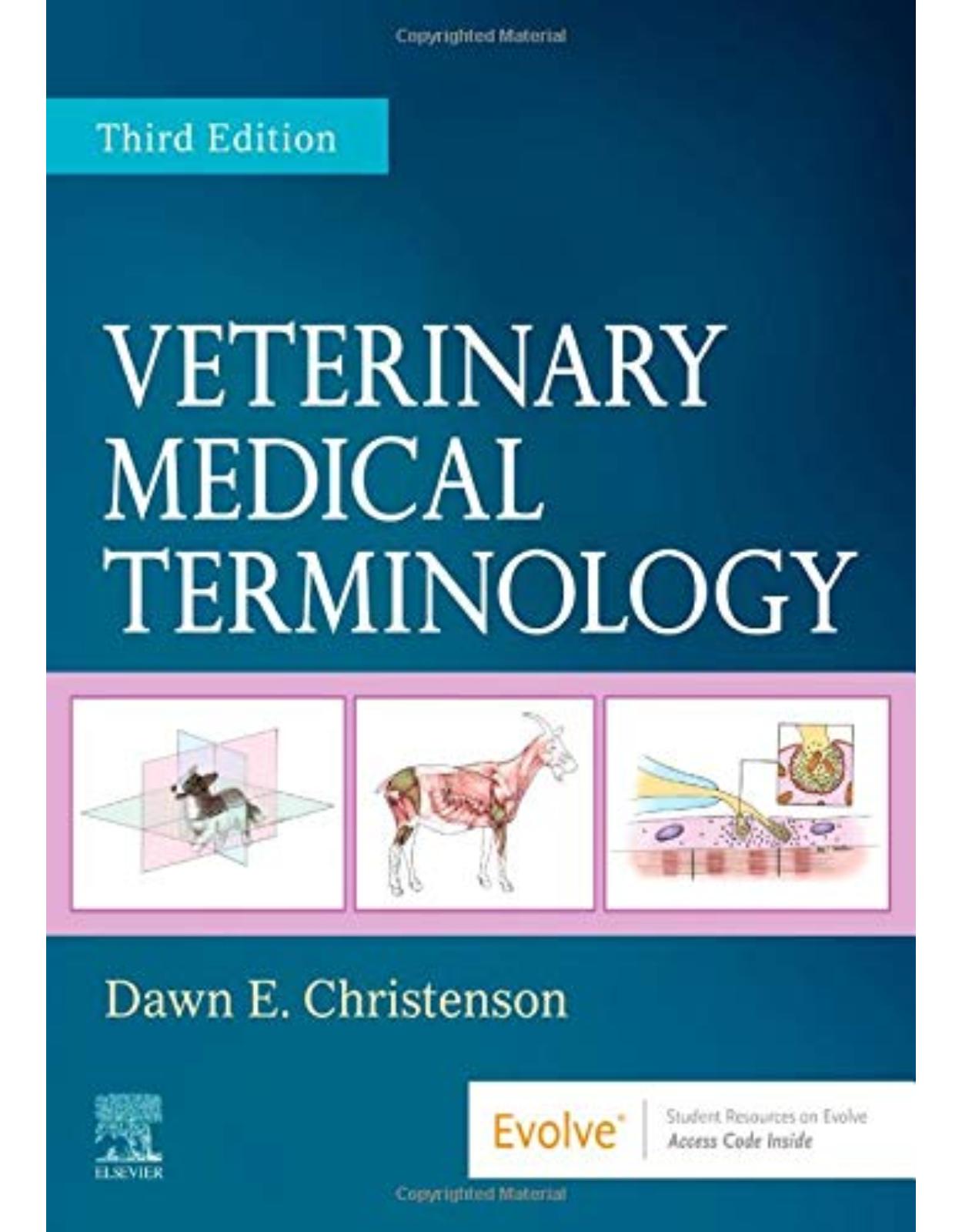
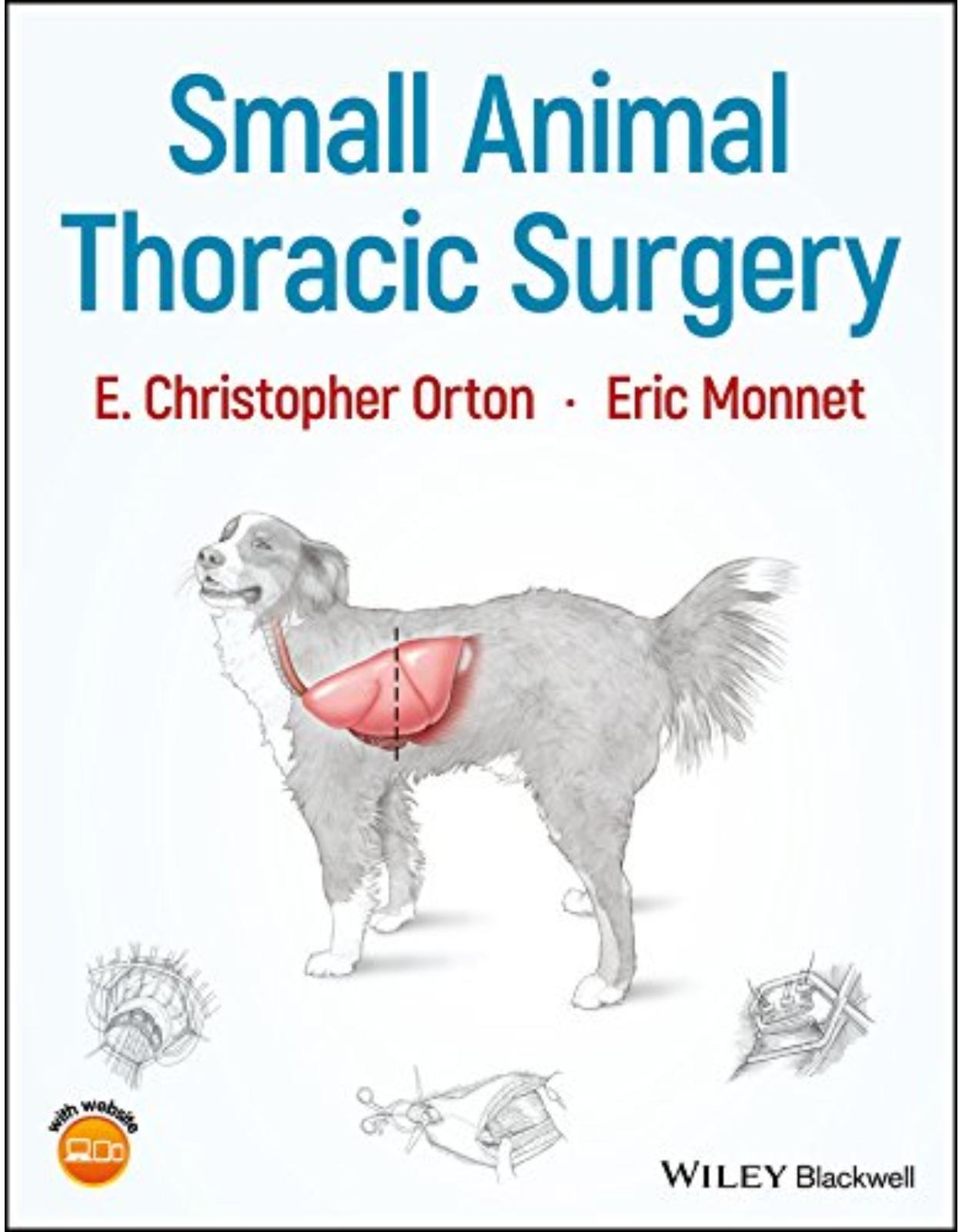
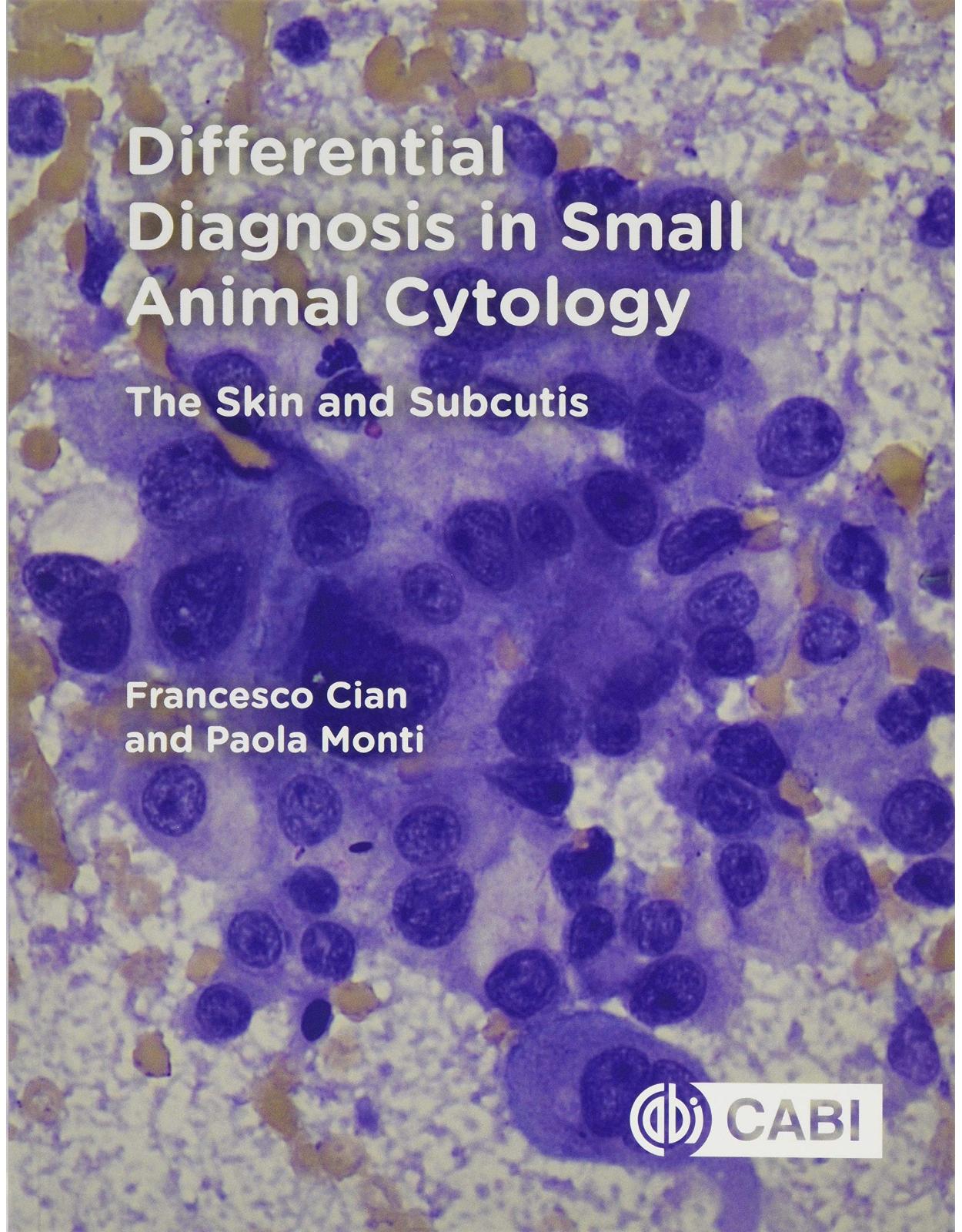
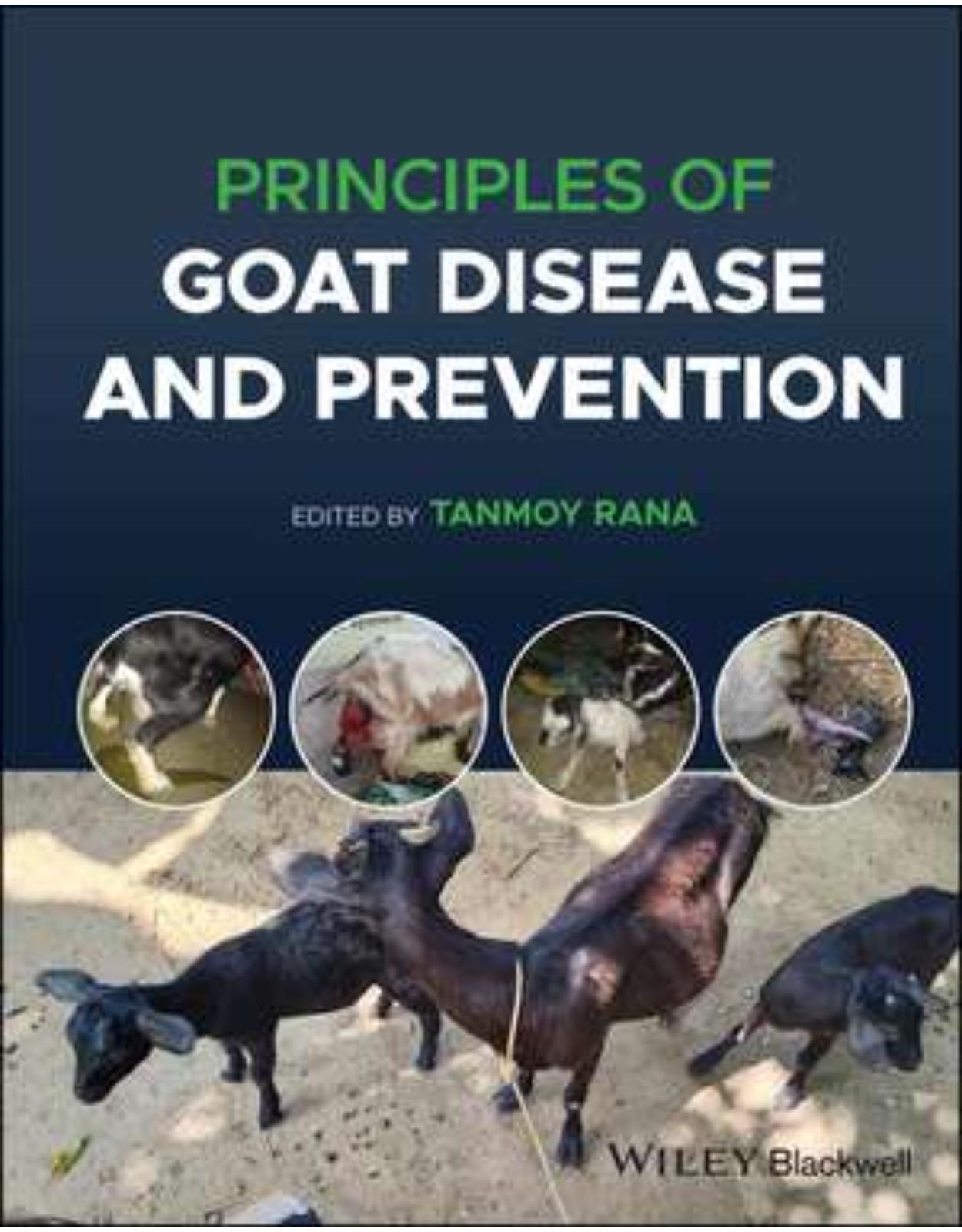
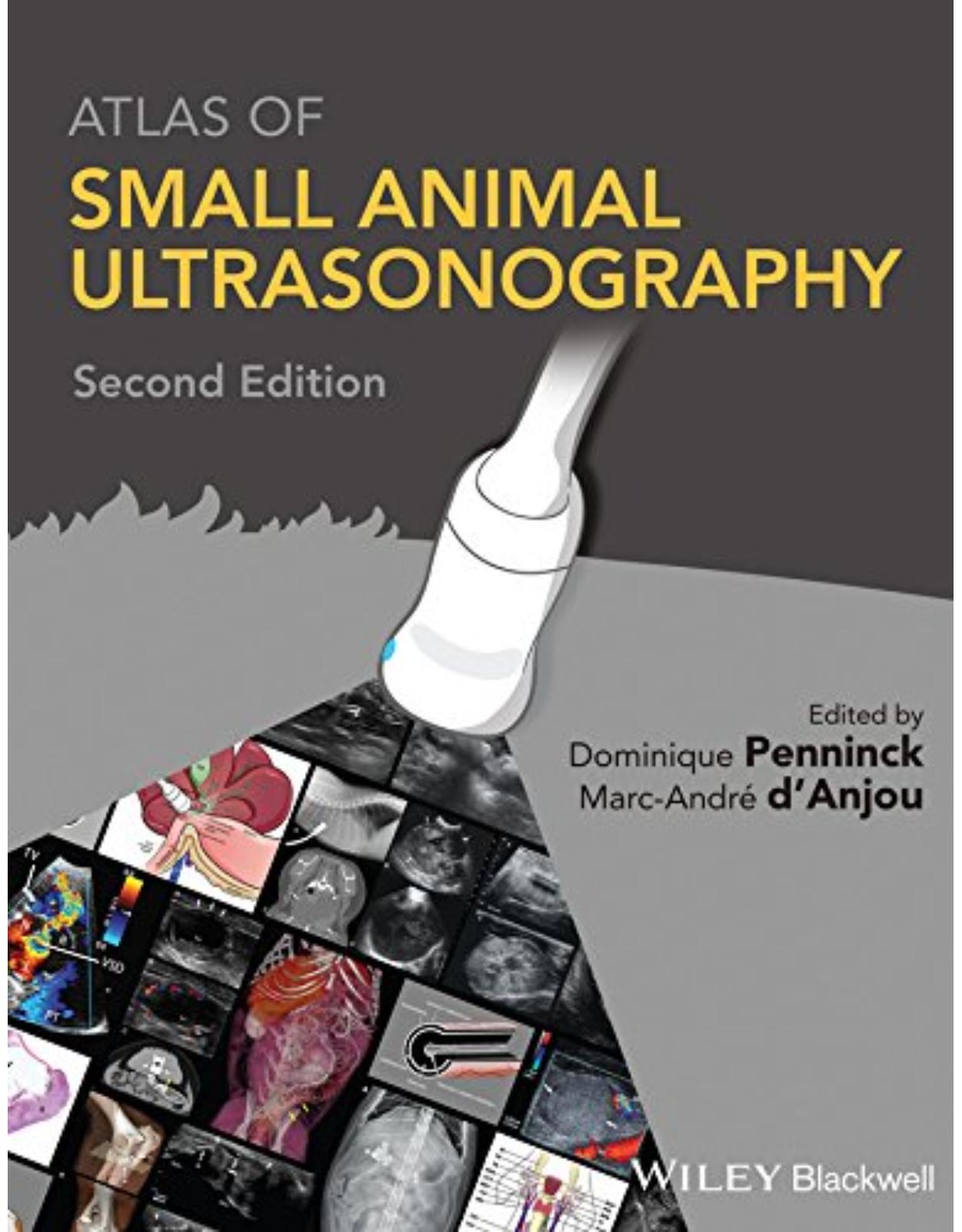
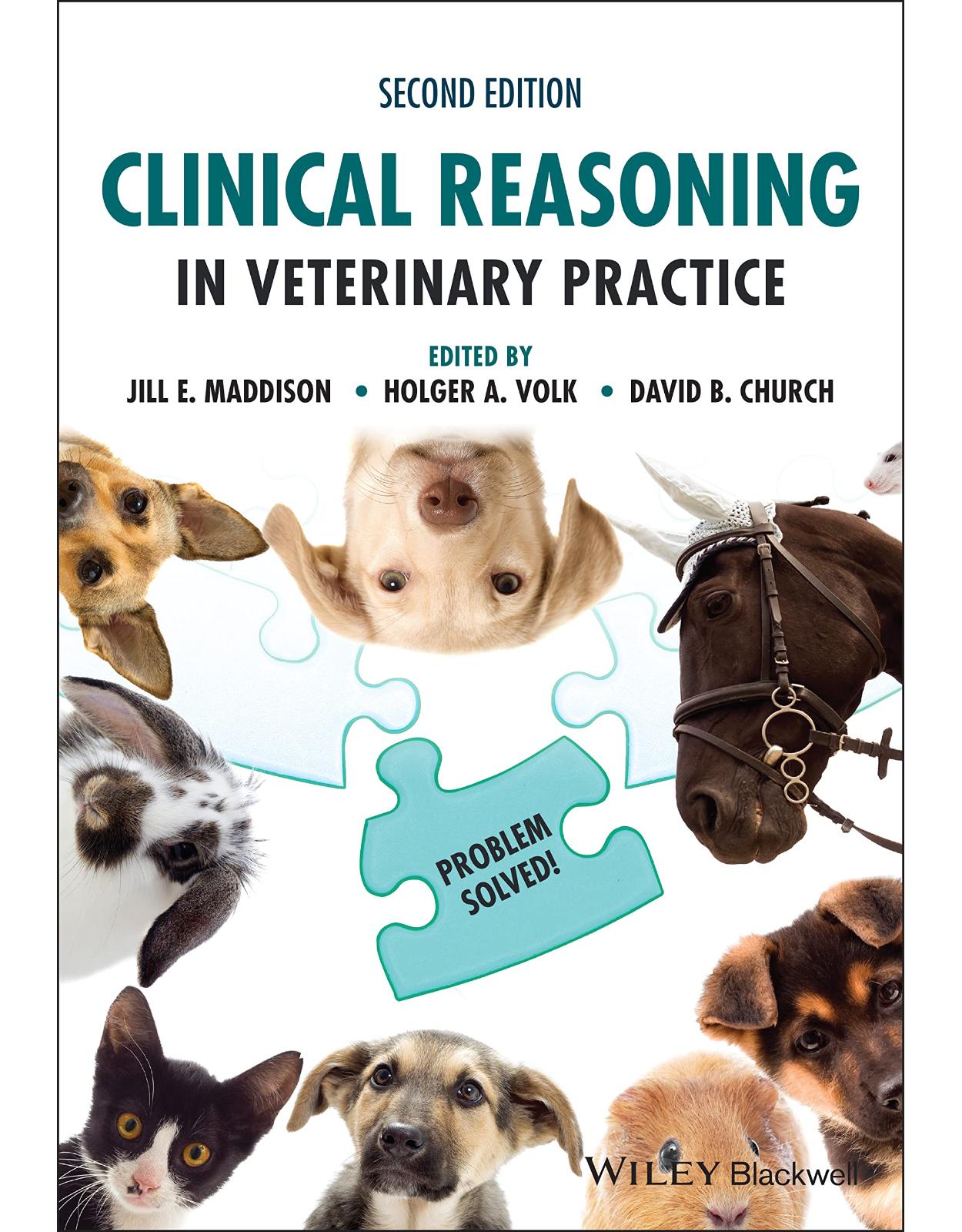
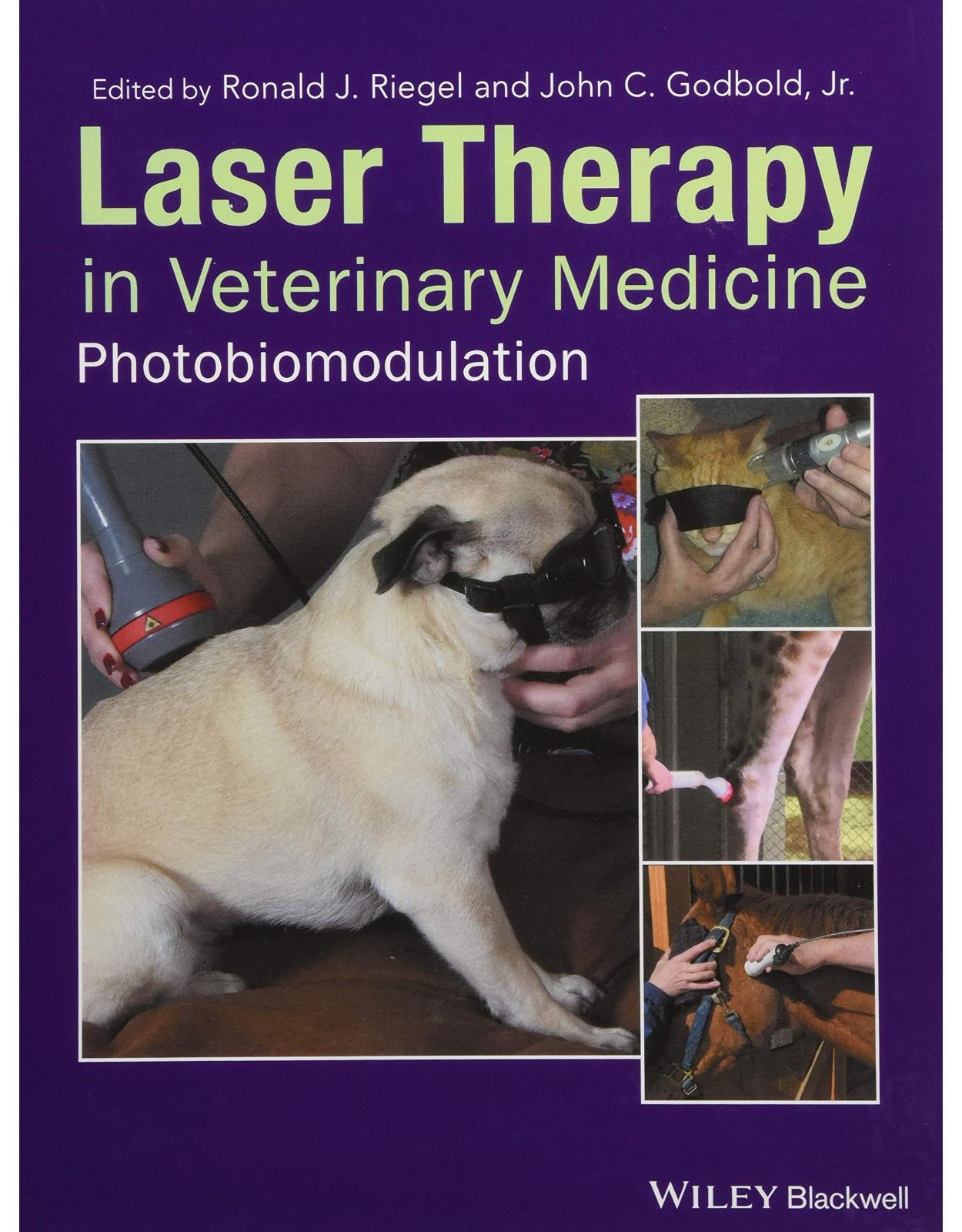
Clientii ebookshop.ro nu au adaugat inca opinii pentru acest produs. Fii primul care adauga o parere, folosind formularul de mai jos.